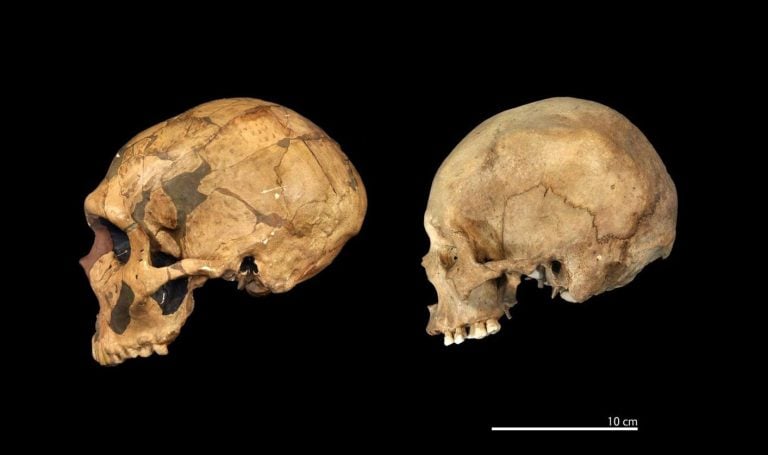A recent study conducted by researchers from London’s Natural History Museum and the Institute of Philosophy at KU Leuven has shed new light on the evolutionary history of Neanderthals and modern humans. The study suggests that by the time Homo sapiens expanded, the differentiation between the two species had progressed to the extent that they were distinct and recognizable as separate species.
The Debate Over Species Classification
For years, researchers have debated whether Neanderthals and modern humans should be classified as distinct species or as a subspecies of Homo sapiens. The new study argues that there is enough morphological, ecological, genetic, and temporal evidence to justify classifying Neanderthals as a distinct species.
Evidence Supporting Species Distinction
The study’s authors, Chris Stringer and Andra Meneganzin, point to several lines of evidence that support the distinction between Neanderthals and modern humans. These include:
- Morphological differences: Neanderthals had distinct physical characteristics, such as a more robust build and a prominent forehead, that distinguish them from modern humans.
- Ecological differences: Neanderthals were better adapted to colder climates and had a more specialized diet than modern humans.
- Genetic differences: Studies of Neanderthal DNA have revealed significant genetic differences between Neanderthals and modern humans.
- Temporal differences: The fossil record shows that Neanderthals and modern humans overlapped in time, but that they were distinct species by the time of the Neanderthal extinction.
Challenges in Mapping Speciation
The study’s authors acknowledge that mapping speciation over a 400,000-year period is a complex task. However, they argue that by recognizing patterns in evolution and subsequent categorization, researchers can better understand the evolutionary history of Neanderthals and modern humans.
Implications for Our Understanding of Human Evolution
The study’s findings have significant implications for our understanding of human evolution. By recognizing Neanderthals as a distinct species, researchers can better understand the complexities of human evolution and the ways in which different species interacted and influenced one another.
References
Meneganzin, A., & Stringer, C. (2024). The species status of Homo neanderthalensis. Proceedings of the National Academy of Sciences (PNAS).
Image Credits
- A replica of an approximately 50,000-year-old Neanderthal cranium from La Ferrassie, France, compared to a recent Homo sapiens cranium. Credit: Trustees of the Natural History Museum

















